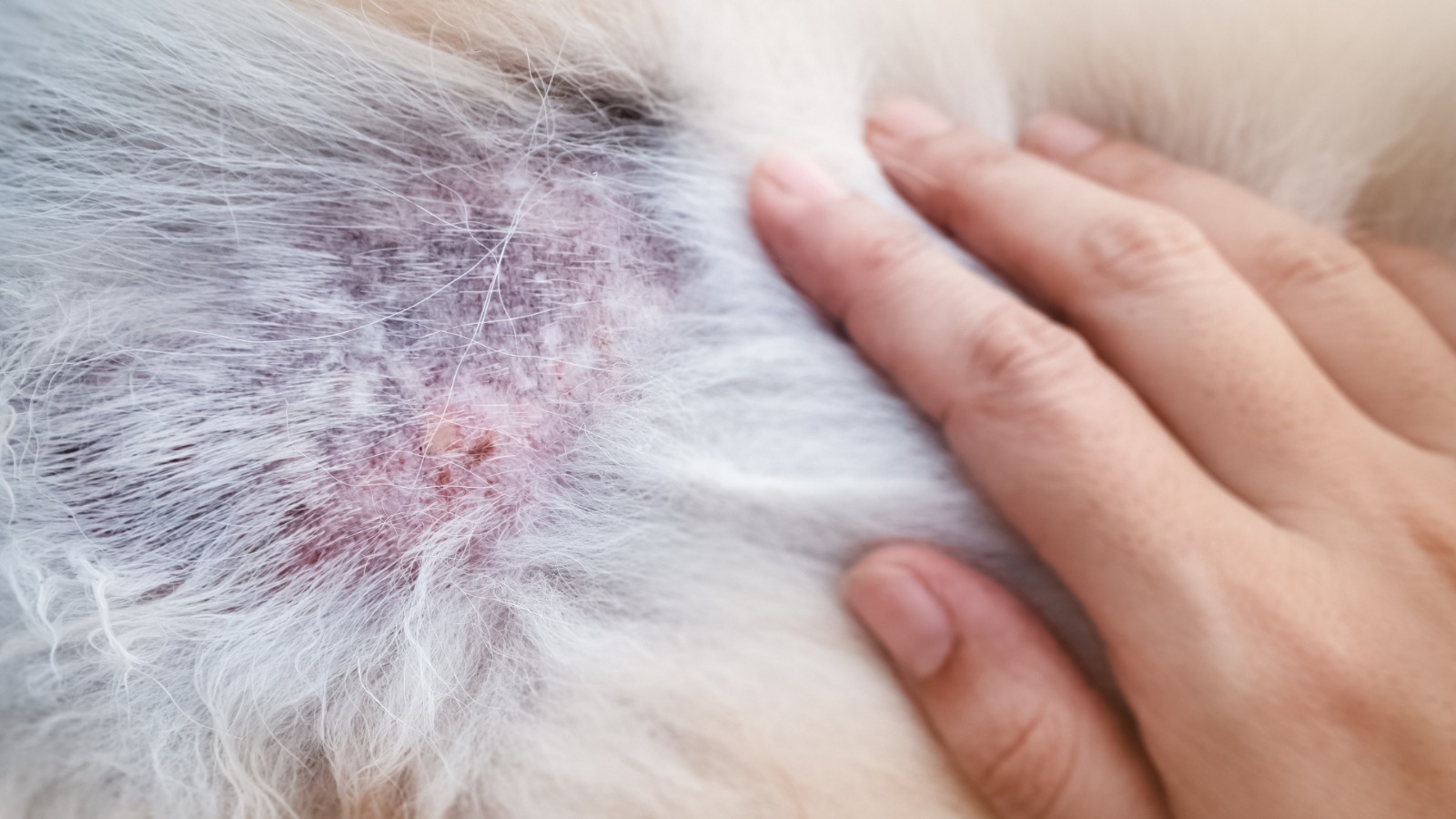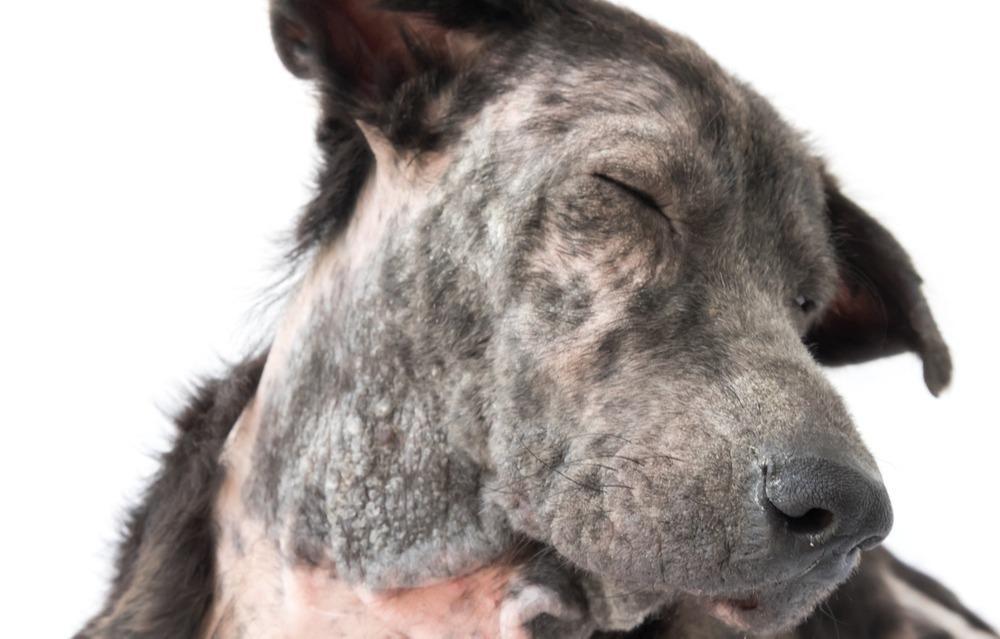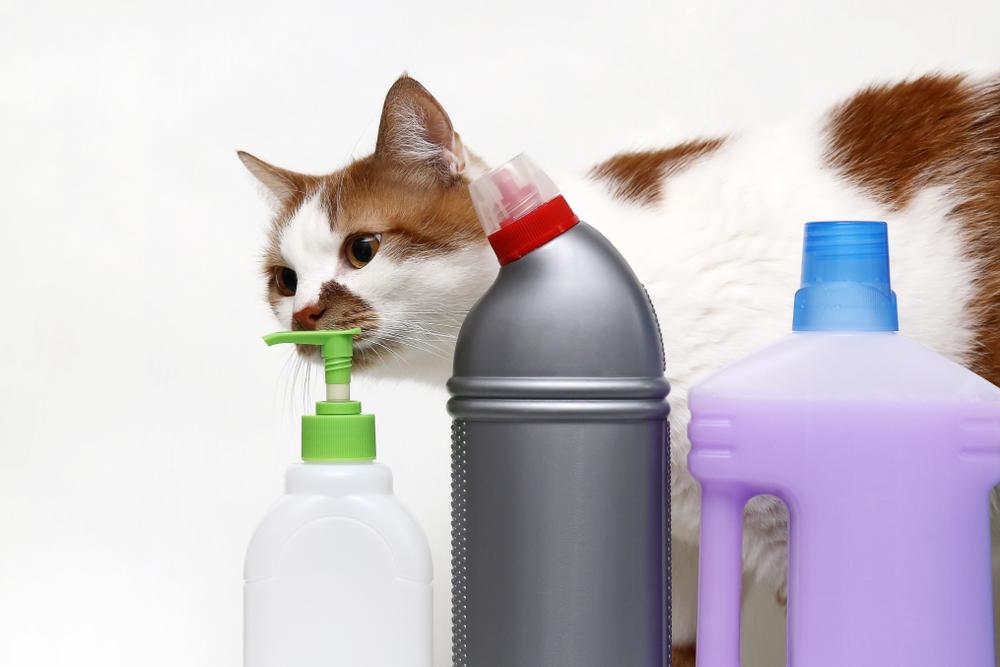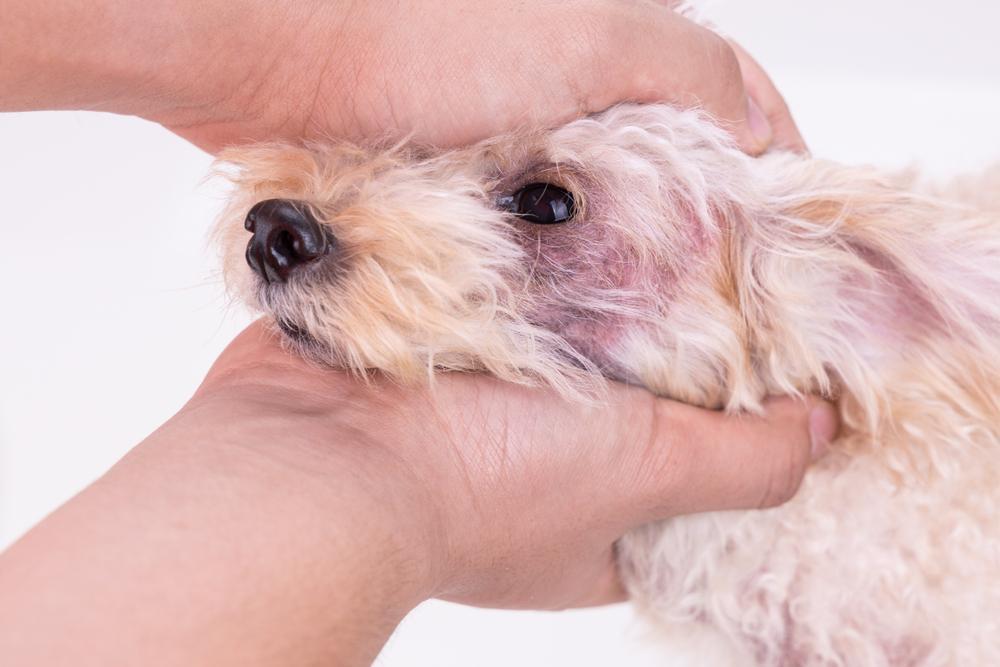Evolution of the Slowest: The Struggle of the Cat in our Toxic Modern World
How many of you have heard that cats are more sensitive to certain things than, dogs for example? If you are using essential oils, that you had to be particularly careful about which oils you used? It turns out there is in fact a biological reason for this sensitivity, and it is all to do with their detoxification pathways. Here at My Pet Nutritionist, we want to explore this fact.
We’re not talking about putting your cat on an aloe cleanse programme, but detoxification occurs all by itself, in humans, dogs and of course cats.
So, what is detoxification
Everyday, ours and our pet’s bodies are exposed to toxins. They are produced internally in the body, like lactic acid and waste products from gut microbes, hormones, and neurotransmitters and externally, like air pollution, chemicals from cleaning products or volatile organic compounds from the plug-in air diffuser in your lounge.
It is thought that in the 25 years between 1970 and 1995, the volume of synthetic organic chemicals produced tripled from about 50 million tonnes to approximately 150 million tons, and this number has grown year on year since.
Findings here
These toxins can disrupt essential biological structures in the body, and in turn result in chronic health issues.
What is a toxin?
A toxin is defined as any substance that must be neutralised and eliminated to avoid its promotion of ill-health if left to accumulate. This is what detoxification does.
Whilst toxins are generally deemed something in which to avoid, the body is producing waste products every second of every day in the form of used hormones, neurotransmitters, or oxidised lipids. This is why even if we manage our environments well, we still need to support our detoxification system, simply to eliminate the exhaust fumes of daily life.
Detoxification is carried out by a range of mechanisms and this comes in particularly handy if one pathway is overwhelmed, another can pick up the slack. We can think of it like a waterfall, water will always find a way down. In a healthy system, toxins
should always be able to find a way out.
Initially, the body will attempt to detoxify at source.
These locations include the intestinal mucosa, the respiratory mucosa, the microbiome, and the skin epidermis. Whilst these also provide a physical barrier to prevent toxin transport, they also express a range of enzymes which are essential in sweeping toxins away.
Then, detoxification falls into three phases.
The first two phases are concerned with breaking down the toxin in the body, and phase three is concerned with excreting it. For us to manage ours and our cat’s toxic load, all three phases need to be working optimally.
Phase I
Here we are mostly concerned with a range of enzymes like MAOs or monoamine oxidases dealing with neurotransmitters (those chemical messengers involved in mood and behaviour amongst other things) and PON1 or paraoxonase 1 dealing with pesticides and oxidised lipids. The names aren’t important, but the point is, that at this stage the body needs to be efficiently producing these enzymes to metabolise the toxins. So, it stands to reason that this stage is particularly nutrient demanding and sufficient levels of key vitamins and minerals like vitamin A, C, E, B1, B2, B3 and iron, along with cysteine, are essential.
This phase also generates high numbers of reactive oxygen species, or ROS, leading to oxidative stress.
Once toxins have been passed through phase I, they are not yet finished with. Intermediate metabolites are produced, and they sit in the body. It’s almost like putting your rubbish in the outside bin, but missing collection day. The rubbish remains.
Welcome to phase II
Within phase II there are number of pathways and they are all responsible for detoxifying different compounds.
The pathways include:
Methylation deals with heavy metals, plastics, medications, mould, histamine, and hormones, amongst others. This process requires nutrients like folate, vitamin B6, zinc and magnesium.
The process of
sulphation deals with heavy metals, heavy smoke, hormones, neurotransmitters, plastics, phenols, and medications including antibiotics.
Glutathione conjugation deals with heavy metals, plastics, mould, heavy smoke, pesticides, and medications like steroids. Glutathione is a master antioxidant so is also important in neutralising the reactive oxygen species produced in phase I.
Glucuronidation is involved in managing heavy metals, sex hormones, neurotransmitters, plastics, mould, alcohol, smoke, medications including paracetamol, non-steroidal anti-inflammatories, warfarin and immunosuppressants. Important nutrients here include vitamin B3, B6 and iron.
Acetylation supports the detoxification of smoke, halides, tyramine, neurotransmitters, histamine, and medications including antibiotics.
At this point, we move to Phase III
Phase III deals with getting rid of them once and for all. This phase is carried out by the gut, skin, liver, and kidneys.
All phases need to be working optimally for effective detoxification.
Unfortunately, the domestic cat possesses certain genetic mutations which mean these detoxification pathways aren’t as efficient as they need to be.
We first started to learn more about this when we realised that cats have a particular sensitivity to phenolic drugs like acetaminoprophen (paracetamol) and aspirin.
It turns out that cats demonstrate an inactivation of the gene responsible for the phenol detoxification enzyme and it is thought that their diet played a role.
Findings here
Phenols are found in plants and as cats are hyper-carnivorous (they get everything they need from animal tissue), there served no evolutionary reason for them to be able to process these compounds. Cats evolved to detoxify environmental threats, not plants they would never choose to eat, nor human-made syntheticones (medications).
The problem is, this enzyme is involved in a larger pathway, which deals with things like steroids, hormones, plastics, mould, heavy metals, and other medications like non-steroidal anti-inflammatories.
The bottom line?
Cats metabolise these compounds at a much slower rate, meaning they are at risk of a build-up. This is why they appear more sensitive and are in fact at a higher risk of conditions like chronic kidney disease and hyperthyroidism.
Hyperthyroidism is widely accepted as the most common feline endocrine disorder. The thyroid gland is part of the endocrine system. It is a small butterfly shaped gland in the neck. One of the main functions is to produce hormones to regulate the body’s metabolism (the process that turns food into energy). These are more commonly referenced as T3 and T4. Hyperthyroidism is when the thyroid is hyperactive – there is an increased production of thyroid hormones.
One theory of cause includes the exposure to thyroid-disrupting compounds in the environment, drinking water or diet.
Interest in this first appeared with the introduction of fire-retardant chemicals in many household items; the rates of hyperthyroidism seemingly increased with the introduction of these products. Check out our article on hyperthyroidism
here.
The poor metabolism of toxins, including these fire-retardant compounds is thought to alter the structure and function of the thyroid gland. Not only that, but the slower metabolism of compounds, including hormones and therefore the slower elimination of T4 hormone, leads to high circulating levels.
What is particularly interesting is that these compounds are noted as being higher in the cat than the human they live with, which does offer some clarification that it is an issue with metabolism of them in the cat. If it was simply environmental exposure, the human too would have the same levels.
With reference to chronic kidney disease, one of the main roles of the kidneys is to filter helpful and harmful compounds in the blood. It stands to reason that the more harmful compounds it must process, the sooner it reaches its retirement party. It is often suggested that chemical exposure is a progression factor in the disease and sadly cats are regularly exposed to cleaning agents, pesticides, and many more environmental toxins. These can be ingested, inhaled, or exposed through the skin. Check out our blog on kidney disease in cats
here.
This is in fact where the issue lies. Many cats are indoor cats, so they are constantly exposed to what we use in our home:
- Cleaning products
- Air fresheners
- Odour neutralisers
- Beauty products
- Bathing products
- Soft furnishing protectants
- Washing detergents/fabric softeners
- Floor cleaners
- Perfumes/fragrances
Airborne particles can attach themselves to fur and are then ingested when the cat grooms themselves. Whilst we may pop out to go shopping or even spend the day at work, for the indoor cat, they have 24-hour exposure with a system that is already a little slower at metabolising modern day toxins.
So, what can we do?
We live in a toxic world, no questions asked and sadly, our cats just haven’t evolved to tackle the exposure.
We need to limit their exposure to compounds that can burden their detoxification system.
Top Tips:
- Avoid products which contain polybrominated diphenyl ethers, polyfluoroalkyl substances, bisphenol A (opt for glass bowls instead of plastic), parabens and phthalates.
- Consider using a HEPA air filter in the home to remove harmful particles from the air, and vacuum regularly with a HEPA vacuum.
- Consider the use of any long-term medications and how you can support their body to metabolise them,keep an open dialogue with your vet if you feel your cat is struggling with a particular medication.
- Provide filtered water.
- Avoid unnecessary flea and worm treatments. Worm counts are a great option along with natural flea repellent sprays.
- Avoid unnecessary vaccination protocols.
- Supporting their gut, skin, liver, and kidney function will also aid detoxification pathways.
- Cats are hyper-carnivorous, which means they have evolved to utilise animal tissues well – feed a fresh-food, carnivorous diet for the feline. It offers the system what it has evolved to process after all.
If you are looking to support your cat’s health in anyway, then please check out our services and see if we may be able to help
here.
Thanks for reading!
MPN Team x













